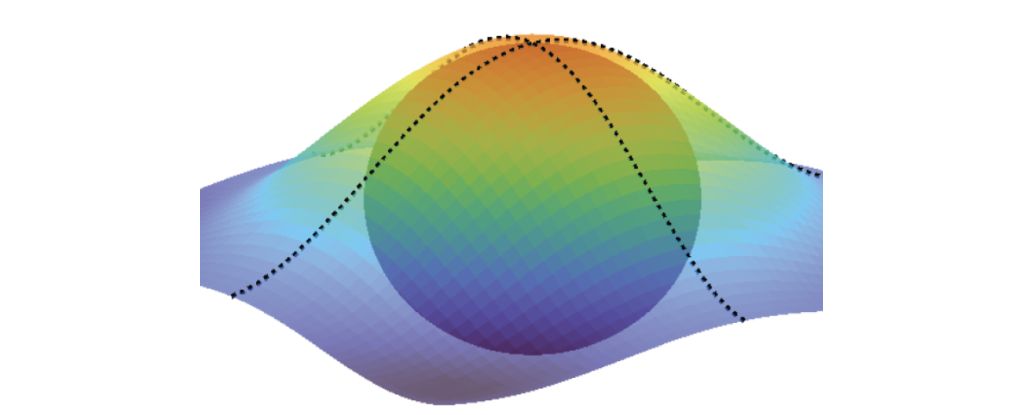Getting places in space quickly has been the goal of propulsion research for a long time.
Rockets, our most common means of doing so, are great for providing lots of force but extraordinarily inefficient. Other options like electric propulsion and solar sailing are efficient but offer measly amounts of force, albeit for a long time.
So scientists have long dreamed of a third method of propulsion – one that could provide enough force over a long enough time to power a crewed mission to another star in a single human lifetime. And that could theoretically happen using one of the rarest substances in the Universe – antimatter.
A new paper from Sawsan Ammar Omira and Abdel Hamid I. Mourad at the United Arab Emirates University looks at the possibilities of developing a space drive using antimatter and what makes it so hard to create.
Antimatter was initially discovered in 1932 when physicist Carl David Anderson observed positrons – the antimatter form of an electron – in cosmic rays by passing them through a cloud chamber. He won the Nobel Prize in physics in 1936 for his discovery. It took 20 years to create it artificially for the first time.
Since then, antimatter has been poked and prodded in as many ways as scientists could think of – including literally, but that causes the thing that antimatter is most famous for – self-annihilation.
When an antimatter proton comes into contact with protons or neutrons of normal matter, they annihilate one another and release a combination of energy (typically in the form of gamma rays) and also high-energy short-lived particles, known as pion and kaon, which happen to be traveling at relativistic speeds.
frameborder=”0″ allow=”accelerometer; autoplay; clipboard-write; encrypted-media; gyroscope; picture-in-picture; web-share” referrerpolicy=”strict-origin-when-cross-origin” allowfullscreen>
So, in theory, a ship could contain enough antimatter to intentionally create this annihilation explosion, using the relativistic particles as a form of thrust and potentially using the gamma rays as a source of power.
The overall amount of energy released from a gram of antiprotons being annihilated is 1.8 × 1014 joules, 11 orders of magnitude more energy than rocket fuel and even 100 times greater energy density than a nuclear fission or fusion reactor. As the paper puts it, “one gram of antihydrogen could ideally power 23 space shuttles.”
All this begs the question – why don’t we have these awesome propulsions systems yet?
The simple answer is that antimatter is tricky to work with. Since it will self-annihilate with anything it touches, it must be suspended in an advanced electromagnetic containment field. The longest scientists have been able to do that was for about 16 minutes at CERN in 2016, and even that was only on the order of a few atoms – not the grams or kilograms needed to support an interstellar propulsion system.
Additionally, it takes absurd amounts of energy to create antimatter, which makes it expensive. The Antiproton Decelerator, a massive particle accelerator at CERN, makes about ten nanograms of antiprotons a year at a cost of several million dollars.
Extrapolating that out, producing one gram of antimatter would require something like 25 million kWh of energy – enough to power a small city for a year. It would also cost over $4M at average electricity rates, making it one of the most expensive substances on Earth.
Given this expense and the massive scale of the infrastructure needed to do it, antimatter research is relatively limited. Around 100-125 papers per year are produced on the subject, dramatically increasing from around 25 in 2000.
However, that compares to around 1000 papers per year on large language models, one of the more popular forms of algorithms powering the current AI boom. In other words, the overall expense and relative long-term horizon over any payout limit the amount of funding and, therefore, advancements in antimatter creation and storage.
That means it will probably be quite some time before we end up with an antimatter ship drive. We might even need to create some preliminary energy-producing technologies like fusion that could significantly lower the cost of energy and even enable the research that would eventually get us there.
However, the possibility of traveling at near-relativistic speeds and potentially getting actual humans to another star within a single lifetime is an ambitious goal that space and exploration enthusiasts everywhere will continue to pursue, no matter how long it takes.
This article was originally published by Universe Today. Read the original article.





